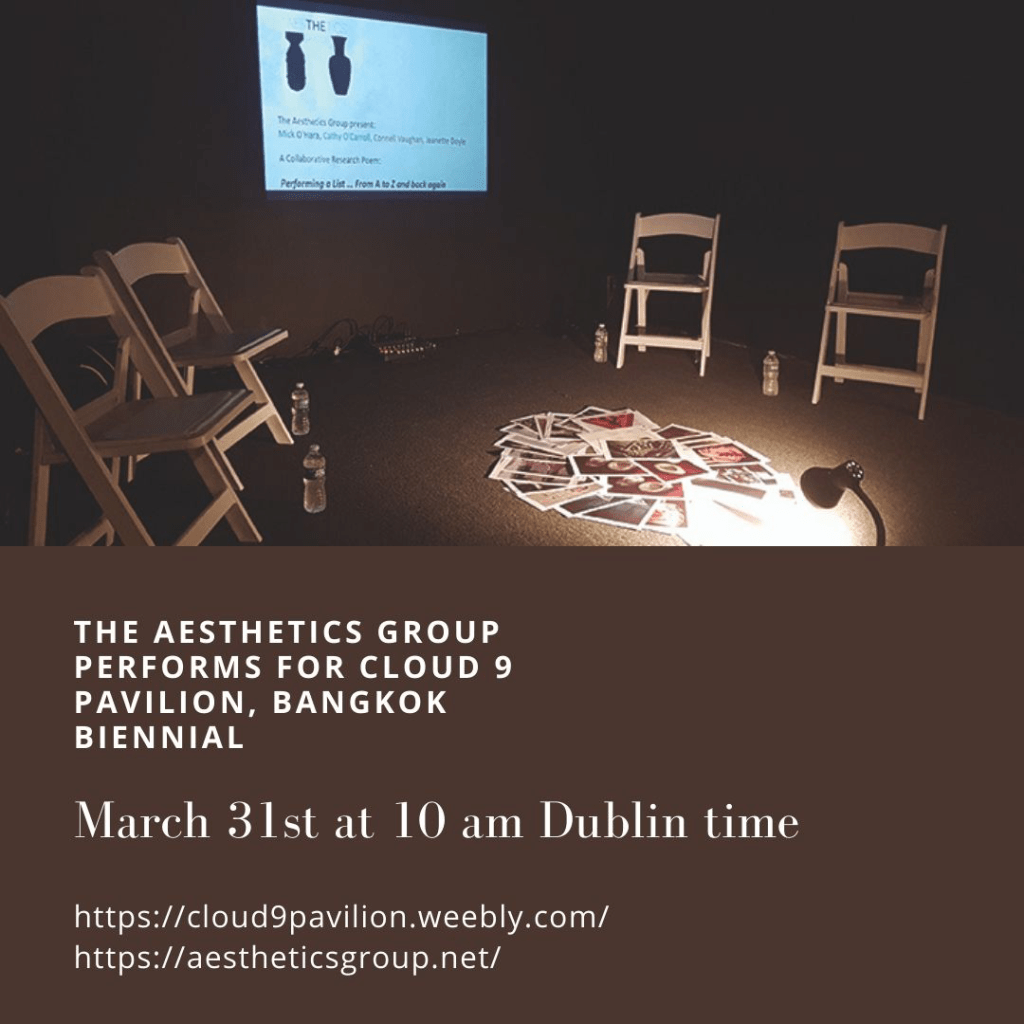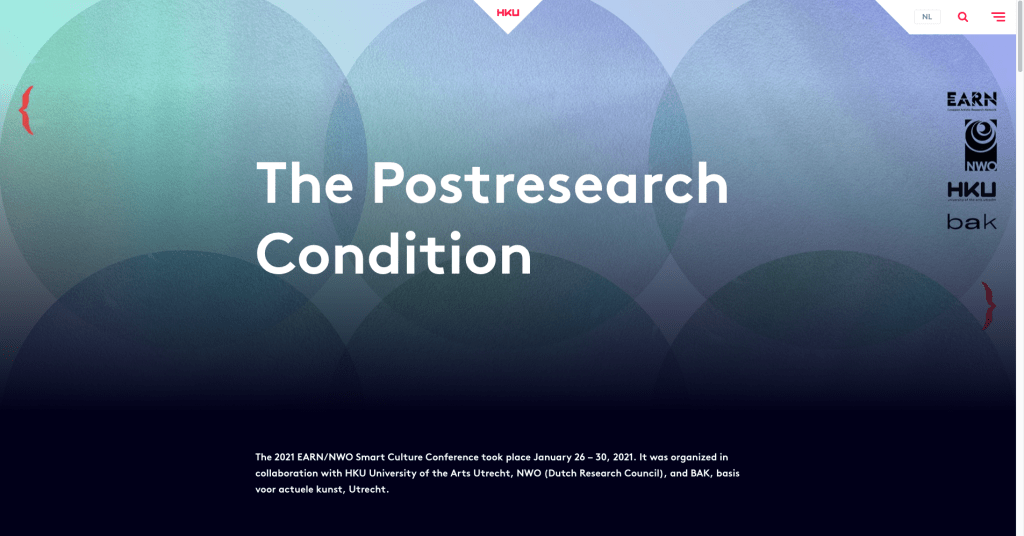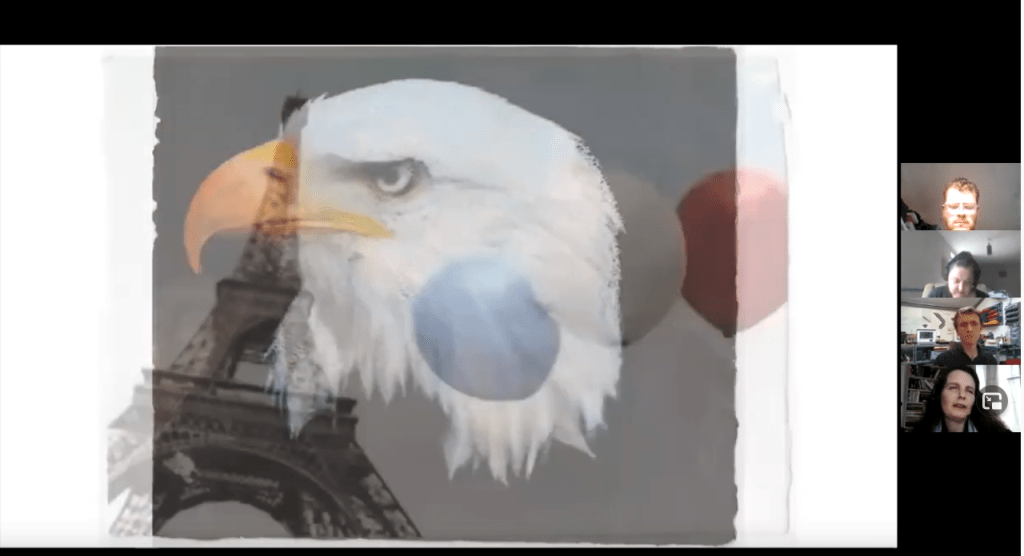As part of the conference The Art of Football that we are hosting in TU Dublin on 4th and 5th of July we have organized the following event. Should be fun. Here is a piece we have written that speaks to the event and the idea of the football icon.
George Best in Dalymount: Football As Never Before (Fußball wie noch nie)
Film Screening with Live Score. July 4th 2019.

Football is working-class ballet. It’s an experience of enchantment. For an hour and a half, a different order of time unfolds and one submits oneself to it. A football game is a temporal rupture with the routine of the everyday: ecstatic, evanescent and, most importantly, shared. At its best, football is about shifts in the intensity of experience. At times, it’s like Spinoza on maximizing intensities of existence. At other times, it’s more like Beckett’s Godot, where nothing happens twice. (Simon Critchley, 2014)
TU Dublin, Bohemian FC and Dublin Business School are delighted to present a rare opportunity to see George Best finally play Dalymount Park in a competitive fixture (Best lined out on the Phibsboro park in a benefit match in August 1968). This is a unique opportunity to see the islands greatest ever player return to the home of Irish football. Best was famously too big for to play Dalymount—in 1968 when the then European Champions, Manchester United, arrived to play League of Ireland champions Waterford, the fixture was moved to Landsdowne Road to accommodate a larger crowd.
In a rare screening of Football As Never Before, released in 1971, the German director Hellmuth Costard used eight 16mm cameras to track Best’s every move during a Saturday league game against Coventry City. Made at the height of Best’s fame and tabloid notoriety, Costard’s film focuses insistently on Best—warming up, looking restless and bored, waiting tactically to unleash his genius—rather than the on-pitch action to arrive at a sublime and revealing rumination on celebrity and a tantalizing glimpse of the man behind the myth. The influence of this film can be felt in Douglas Gordon and Philippe Parreno’s well known 2006 variant Zidane: A 21st Century Portrait.
Central to the revival of this film is the work of Matthew Nolan, a Dublin-based musician who has rescued Football As Never Before from obscurity and composed a new score for the film. On July 4th Costard’s film and Nolan’s score will be performed live on Dalymount’s hallowed turf for what promises to be a memorable occasion.
“The sun shone on Old Trafford on 12th September 1970 as Manchester United beat Coventry 2:0 in a league match. It was not an important victory; that season Man Utd would only be also-rans in the race for the championship. But a record was preserved of the match that is probably unique in the history of film and television. Using eight 16mm cameras, Hellmuth Costard, one of the most important experimental filmmakers in German cinema of the 60s and 70s, followed every move over the 90 minutes of the man in the red jersey with the number 11 – traditionally associated with the conventional outside left, but here worn by the mercurial George Best.” (Goethe Institut)
***Note: The screen will be installed on the pitch and patrons will be seated in the Jodi Stand***
Tickets Available through bohemianfc.com
Football As Never Before (Fußball wie noch nie)
1970 I Hellmuth Costard I Germany I 105mins
Presented with a live musical accompaniment performed and written by:
Matthew Nolan – electric guitar
David Stalling – lap steel guitar / electronics
Seán Mac Erlaine – woodwinds, vocals and electronics
Bryan O’Connell – drums/percussion
Mary Barnecutt – cello
Kevin Murphy – cello
































